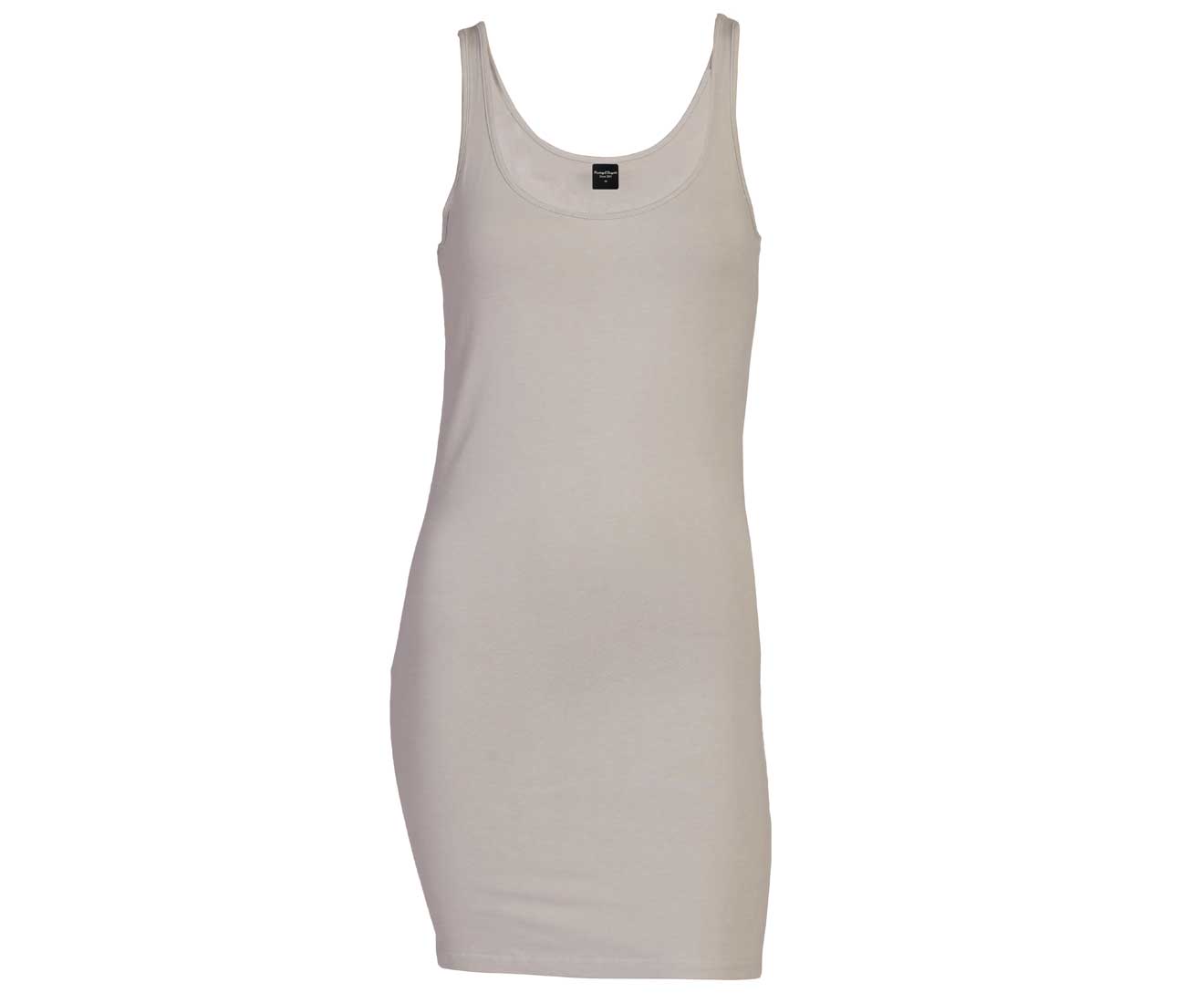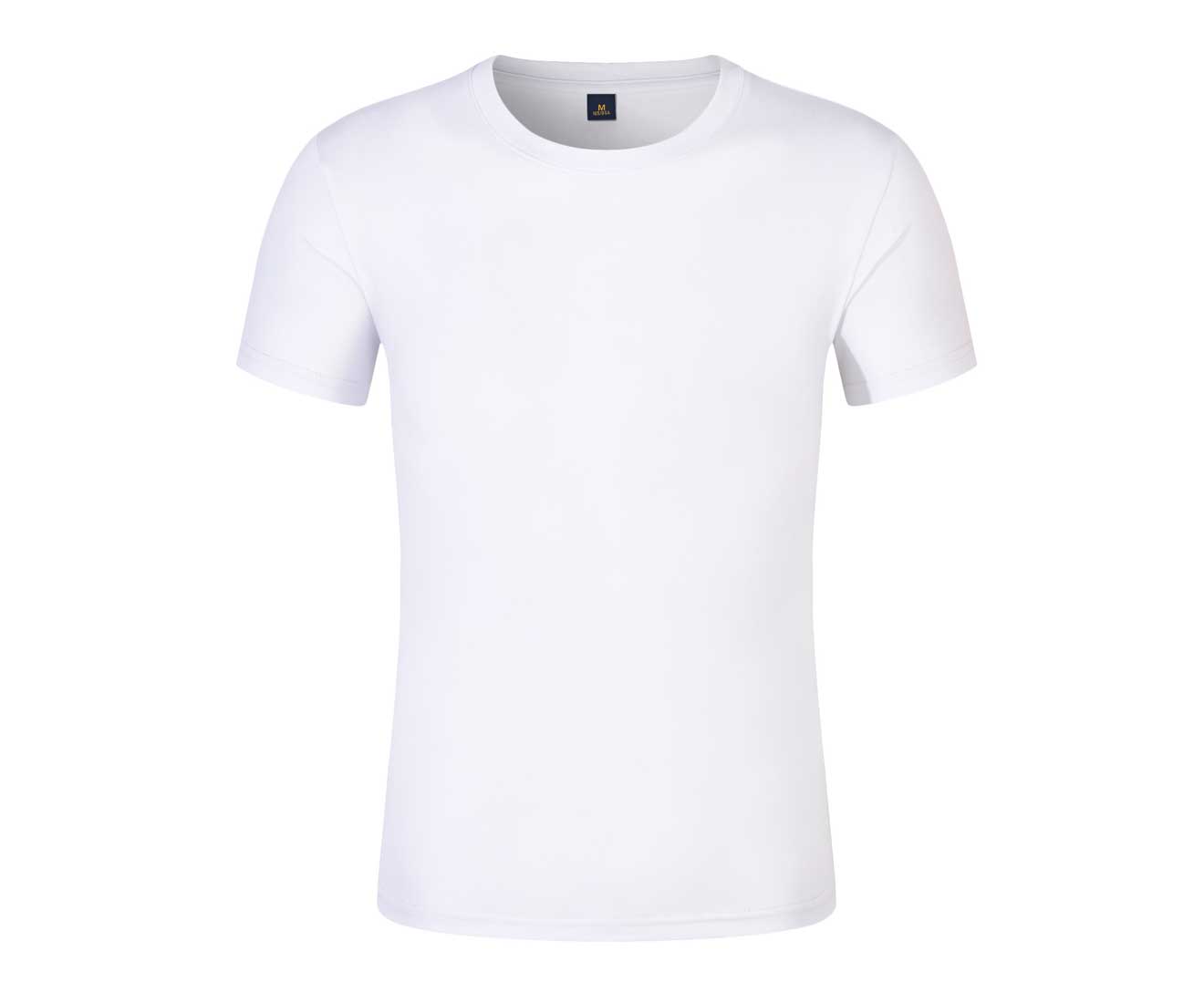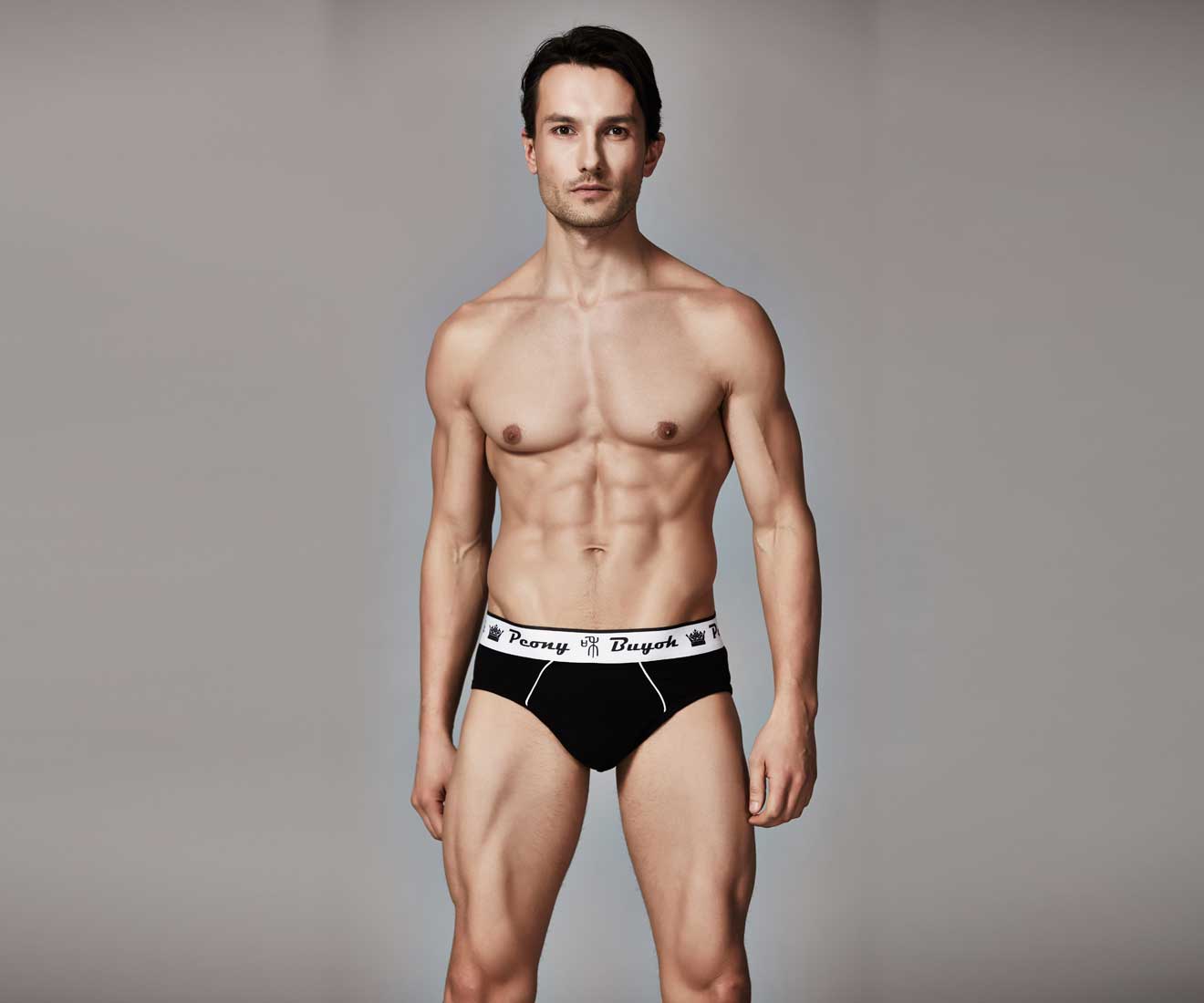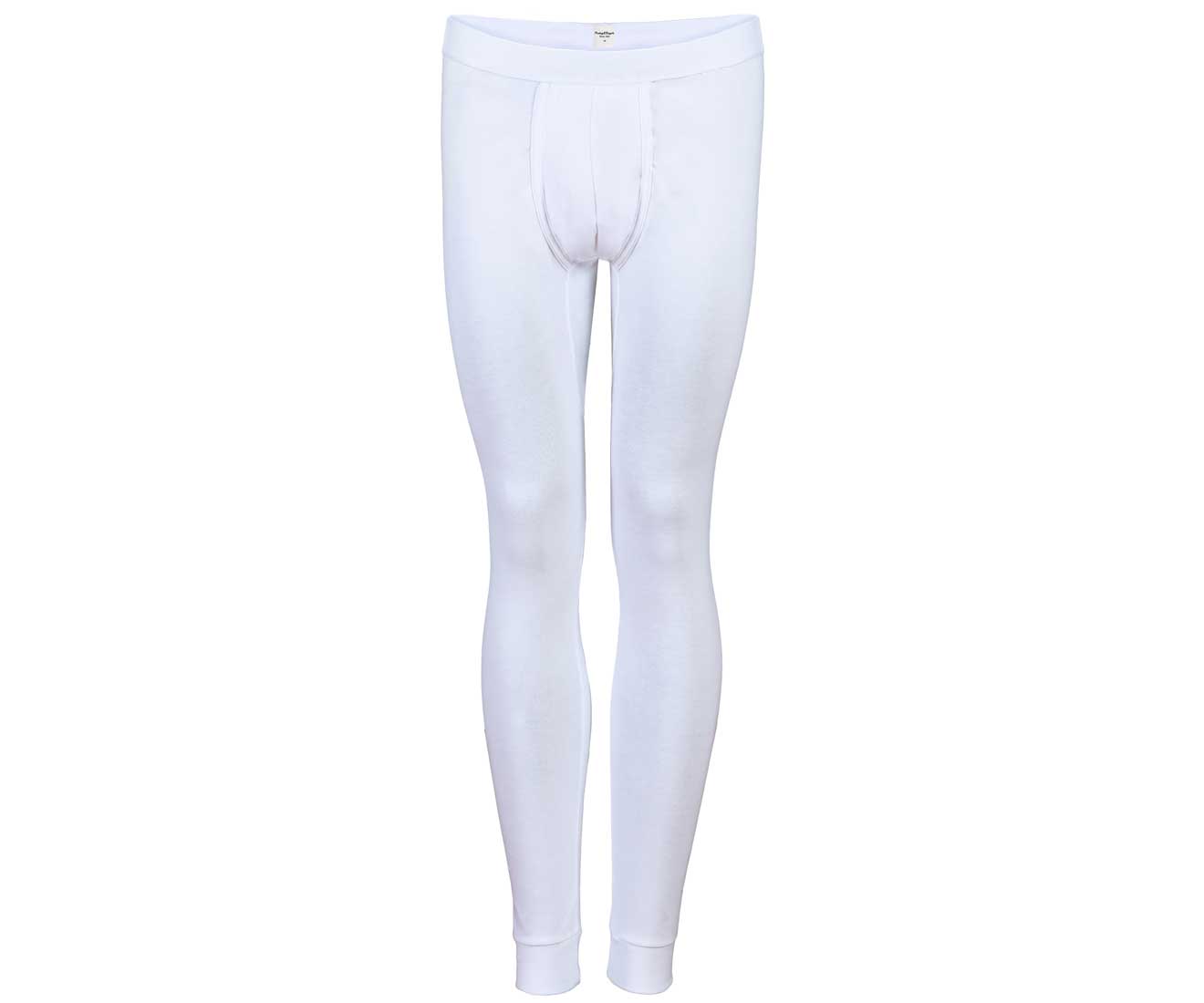Modal is a high wet modulus viscose fiber cellulose regenerated fiber produced by Lenzing, Austria. The raw material of the fiber is wood pulp made of spruce and beech, which is processed into fiber through a special spinning process. The raw materials of this product are all natural materials, which are harmless to the human body, and can be decomposed naturally, which is harmless to the environment. Modal fiber is made of wood pulp and made by a special spinning process. It is a cellulose fiber, so it is a cellulose fiber like cotton. There is no contamination during the entire production process of the fibers. Its dry strength is close to that of polyester, its wet strength is much higher than that of ordinary viscose, and its luster, softness, hygroscopicity, dyeability and color fastness are better than those of pure cotton products; A silky sheen with a pleasant soft touch and excellent sense of pendant and excellent durability.
Modal products have good softness and excellent hygroscopicity, but their fabrics have poor stiffness. But because modal has the characteristics of silvery white luster, excellent dyeability and bright color after dyeing, it is enough to make it suitable for outerwear. Because of this, modal has increasingly become a material for outerwear and its upholstery. In order to improve the shortcoming of poor stiffness of pure modal products, modal can be blended with other fibers, and good results can be achieved. JM/C (50/50) can make up for this shortcoming. Blended fabrics woven with this yarn make the cotton fibers more supple and improve the appearance of the fabric. Modal can also reflect its weavability in the weaving process of woven fabrics, and can also be interwoven with other fiber yarns to form various fabrics. Modal products have broad prospects for development in modern clothing.

As a very healthy and environmentally friendly fabric, modal has many characteristics. Micro modal clothing has the characteristics of high strength fiber uniformity, good spinnability and textile properties, and can be processed and dyed by traditional methods. Modal fabric has the characteristics of good water absorption and breathability, soft and smooth, comfortable and flat.
Modal is mainly used in the manufacture of people's intimate clothing and home textiles. Its soft and smooth properties will make people wear very healthy and comfortable. It can also be blended with other materials to form fabrics with different feelings.

Fine denier modal fibers meet the requirements of the ECO-TEX standard, are physiologically harmless and are biodegradable. It has particular advantages for textiles in direct contact with the body, and the fine denier fibers give knitted fabrics comfortable wearing properties, soft hand, excellent sense of pendant, attractive luster and high hygroscopicity. Because of this, many warp and weft knitting mills have begun to use this fiber as a material for underwear and sleepwear, sportswear and casual wear, as well as for lace. The fabric has a particularly ideal effect when combined with other close-fitting clothing, so that your skin can always keep a dry and comfortable feeling. Even after washing, it can still maintain a high water absorption and a soft feeling, which is all due to the smoothness of the surface of the material. The surface of the clothes avoids the entanglement of fibers during the washing process.

The fineness of Modal fiber is 1dtex, while the fineness of cotton fiber is 1.5'2.5tex, and the fineness of silk is 1.3dtex.
The textile is extracted from natural plants, which is good for the human body, feels smooth, delicate, and has good drapability. The surface of Modal fiber fabric is smooth, delicate and smooth, and has the effect of natural silk. Both breathability and water absorption are good, excellent sense of pendant .
Modal has the characteristics of even high-strength fibers, and the wet strength is about 50% of the dry strength, which is better than the performance of viscose, and has better spinnability and weaving.
Modal fiber has a high wet modulus, and its yarn shrinkage is only about 1%, while the boiling water shrinkage of viscose fiber yarn is as high as 6.5%. Its hygroscopic performance and air permeability are better than pure cotton fabrics. Modal fiber absorbs 50% more moisture than cotton fiber, which keeps Modal fiber fabrics dry and breathable. It is an ideal close-fitting fabric and health care clothing product, which is beneficial to the physiological circulation and health of the human body.
The high strength of Modal fiber makes it suitable for the production of microfibers, and can also be spun on ring, rotor and open-end spinning machines, and can obtain almost defect-free fine count yarns, suitable for weaving light fabrics (such as 80g/ m2 ultra-thin fabrics) and heavy fabrics, the produced ultra-thin fabrics have good strength, appearance, hand feeling, drape and processability, and the produced heavy fabrics are thick and not bloated.
Modal fiber spinning can produce more uniform evenness, and can be blended with other fibers in different proportions, such as wool, cotton, hemp, silk, polyester, etc., to obtain high-quality yarns. The dry strength of modal fiber is close to that of polyester, and the wet strength is much higher than that of ordinary viscose. The gloss, softness, hygroscopicity, dyeability and color fastness are better than those of pure cotton products; A silky luster with pleasant soft touch and drape and excellent wear resistance, Modal fiber can be blended and interwoven with a variety of fibers, such as cotton, hemp, silk, etc., to enhance the quality of these fabrics, It can keep the fabric soft and smooth, and give full play to the characteristics of their respective fibers.
Modal fibers can be processed by conventional cellulose fiber pretreatment, bleaching and dyeing processes. Traditional dyes for cellulose fiber dyeing, such as direct dyes, reactive dyes, vat dyes, sulfur dyes and azo dyes, can be used for the dyeing of Modal fabrics, and with the same dye uptake, the color of Modal fabrics is better, brighter and brighter , Blended with cotton, it can be mercerized, and the dyeing is uniform and dense, and the color remains long-lasting.
The good appearance of Modal fiber makes the fabric have a silky luster, which is elegant and luxurious, which greatly improves the grade of the clothing; the good feel and drape make the clothing more elegant and more portable; the extremely soft touch gives The reputation of the second skin of the fabric. . The fabric is bright in color and light, and is a natural mercerized fabric.
Modal fiber fabric has stable wearing performance, good garment effect, strong morphological stability, natural wrinkle resistance and non-iron resistance, making it more convenient and natural to wear. After testing and comparison, after 25 times of washing with cotton fabrics, cotton fabrics will feel harder and harder, while Modal fiber fabrics are just the opposite. The more washing, the softer and brighter.

Raising phenomenon affects the appearance and style of fabrics.
For example, using Modal and cotton blend to enhance the friction between fibers and reduce the change of Modal fibers; at the same time, the spandex elastic yarn is introduced to enhance the elasticity of the product and eliminate the drawbacks of Modal without skeleton. The coordination and cooperation of the three raw material ingredients make the product performance more perfect.
Fabric stiffness is poor.
Textiles are more expensive.
1. Garments made of Modal blended fabrics are suitable for washing, not dry cleaning.
2. The ironing temperature can be controlled at 120~140℃.
1. Minimize friction and pulling when wearing, and change and wash frequently;
2. After washing, drying and ironing, the garments should be stacked flat;
3. Modal is highly hygroscopic, and should be prevented from mildew caused by high temperature, high humidity and unclean environment during collection;
4. Medium temperature ironing is required when ironing, and push and pull should be used less when ironing, so that the clothes can naturally stretch and align.